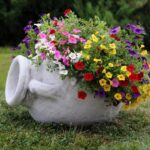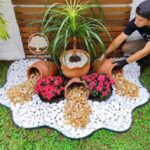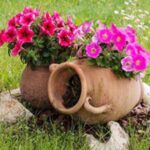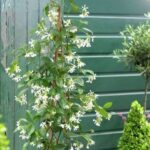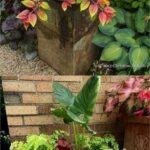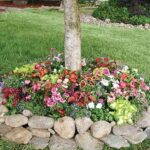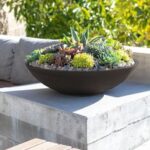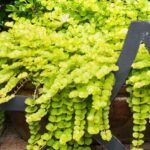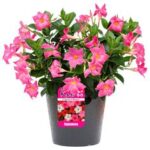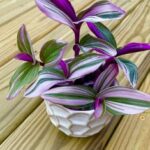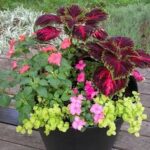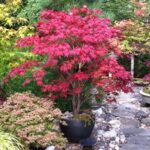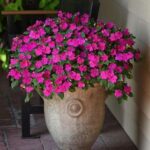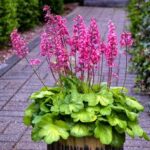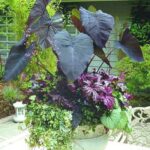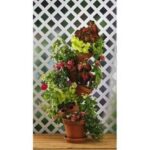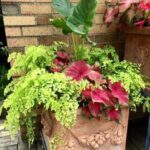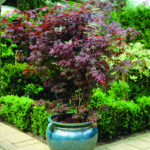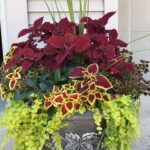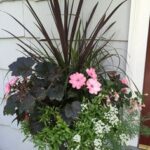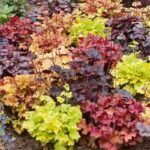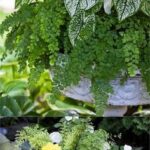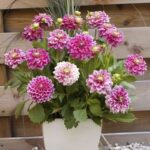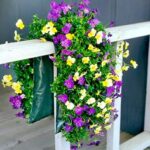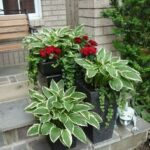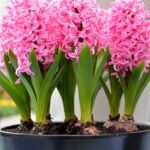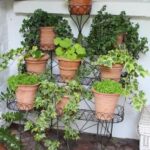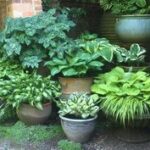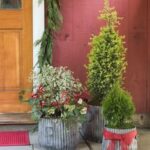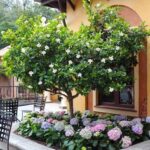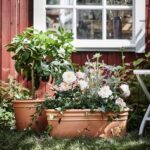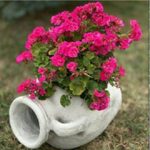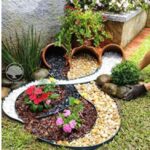Gardening is a versatile and rewarding hobby that can transform any space into a green oasis. While sunny gardens often steal the spotlight, shade gardens offer a unique charm and tranquility that sunny spaces can’t always match. For those who may not have extensive garden space or who want to add greenery to shaded patios, porches, or balconies, shade garden pots are an excellent solution. Here’s a comprehensive guide to understanding and creating stunning shade garden pots.
Why Choose Shade Garden Pots?
Shade garden pots are perfect for areas where direct sunlight is limited. Whether you have a north-facing garden, a shaded balcony, or areas under trees, these pots can add life and color to spots that might otherwise be neglected. Additionally, using pots allows for flexibility in design and placement, making it easy to rearrange or move plants as needed.
Selecting the Right Pots
Choosing the right pots is the first step in creating a beautiful shade garden. Here are some tips:
- Material: Opt for pots made from materials that retain moisture well, such as terracotta or ceramic. These materials are ideal for shade gardens as they help keep the soil cool and moist.
- Size: The size of the pot will depend on the type of plants you intend to grow. Larger pots are suitable for plants with extensive root systems, while smaller pots can house delicate plants or ground covers.
- Drainage: Ensure your pots have adequate drainage holes to prevent waterlogging, which can be a common issue in shaded areas where evaporation rates are lower.
Best Plants for Shade Garden Pots
The success of a shade garden largely depends on selecting plants that thrive in low-light conditions. Here are some top choices:
- Hostas: Known for their lush foliage, hostas come in a variety of sizes and colors. They are perfect for adding texture and interest to your shade garden pots.
- Ferns: With their delicate fronds, ferns add an airy, elegant touch to shaded areas. They thrive in moist, well-drained soil.
- Heucheras (Coral Bells): These perennials are prized for their vibrant foliage, which can range from deep burgundy to lime green. They add a splash of color to any shade garden.
- Astilbes: Known for their feathery plumes, astilbes are great for adding vertical interest. They prefer moist, rich soil.
- Begonias: Both tuberous and fibrous begonias can thrive in shade, providing bright flowers and attractive foliage throughout the growing season.
Planting and Care Tips
- Soil: Use a high-quality potting mix that retains moisture but also offers good drainage. Adding organic matter like compost can enhance soil quality.
- Watering: Shaded plants generally require less frequent watering than those in full sun. However, the soil should be kept consistently moist. Check the moisture level regularly and water when the top inch of soil feels dry.
- Fertilizing: Use a balanced, slow-release fertilizer to provide essential nutrients throughout the growing season. Be cautious not to over-fertilize, as this can lead to excessive foliage growth at the expense of flowers.
- Maintenance: Regularly remove dead or yellowing leaves to keep the plants healthy and attractive. Prune back any overgrown plants to maintain the desired shape and size.
- Pest Control: Shaded areas can sometimes attract pests like slugs and snails. Use organic pest control methods such as diatomaceous earth or copper tape around pots to deter these creatures.
Design Ideas for Shade Garden Pots
Creating an aesthetically pleasing shade garden involves thoughtful arrangement and selection of plants and pots. Here are some design ideas:
- Layering: Arrange pots of different heights to create a layered look. Place taller plants like ferns or astilbes in the back and shorter ones like hostas and heucheras in the front.
- Color Schemes: Use foliage color to your advantage. Mix and match plants with contrasting leaf colors to create visual interest. For instance, pair the dark purple leaves of a Heuchera with the bright green of a fern.
- Textures: Combine plants with different leaf textures. The broad, smooth leaves of hostas can contrast beautifully with the feathery fronds of ferns or the fine leaves of astilbes.
- Containers: Use decorative pots to enhance the overall look of your garden. Match the style of your pots to the surrounding décor, whether it’s rustic, modern, or traditional.
 Flower Love
Flower Love
